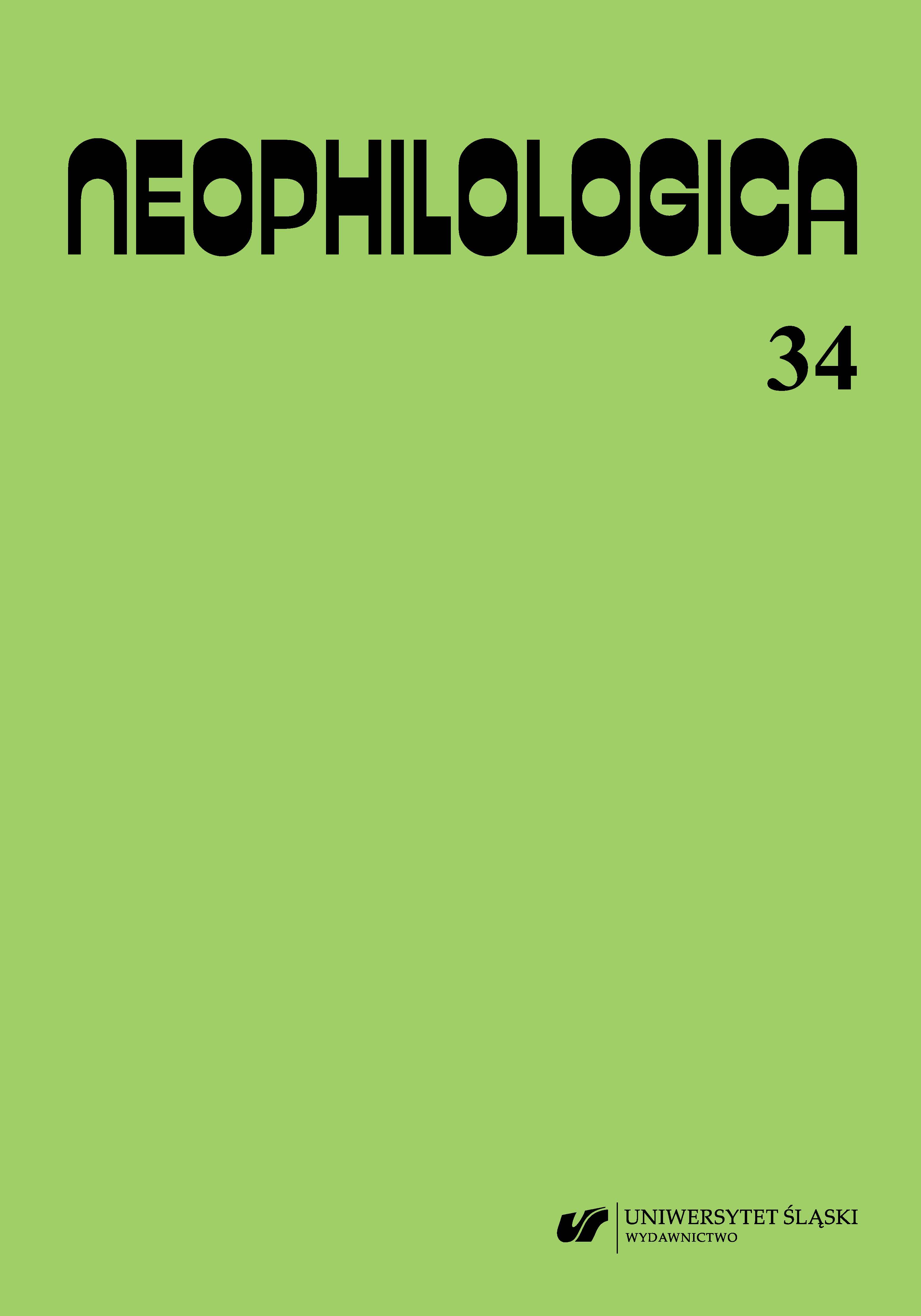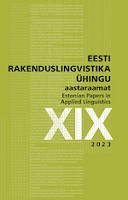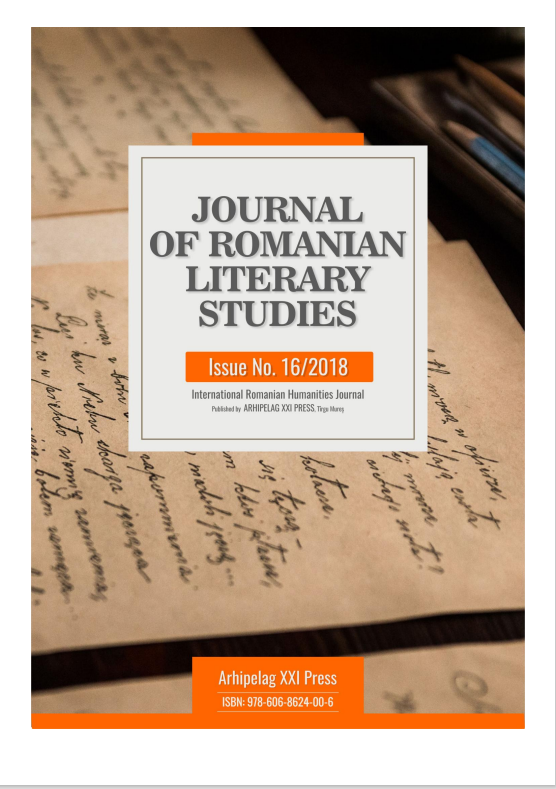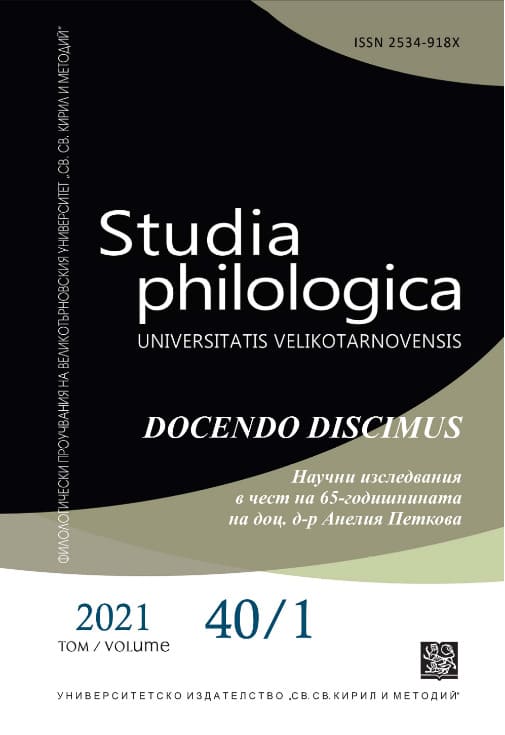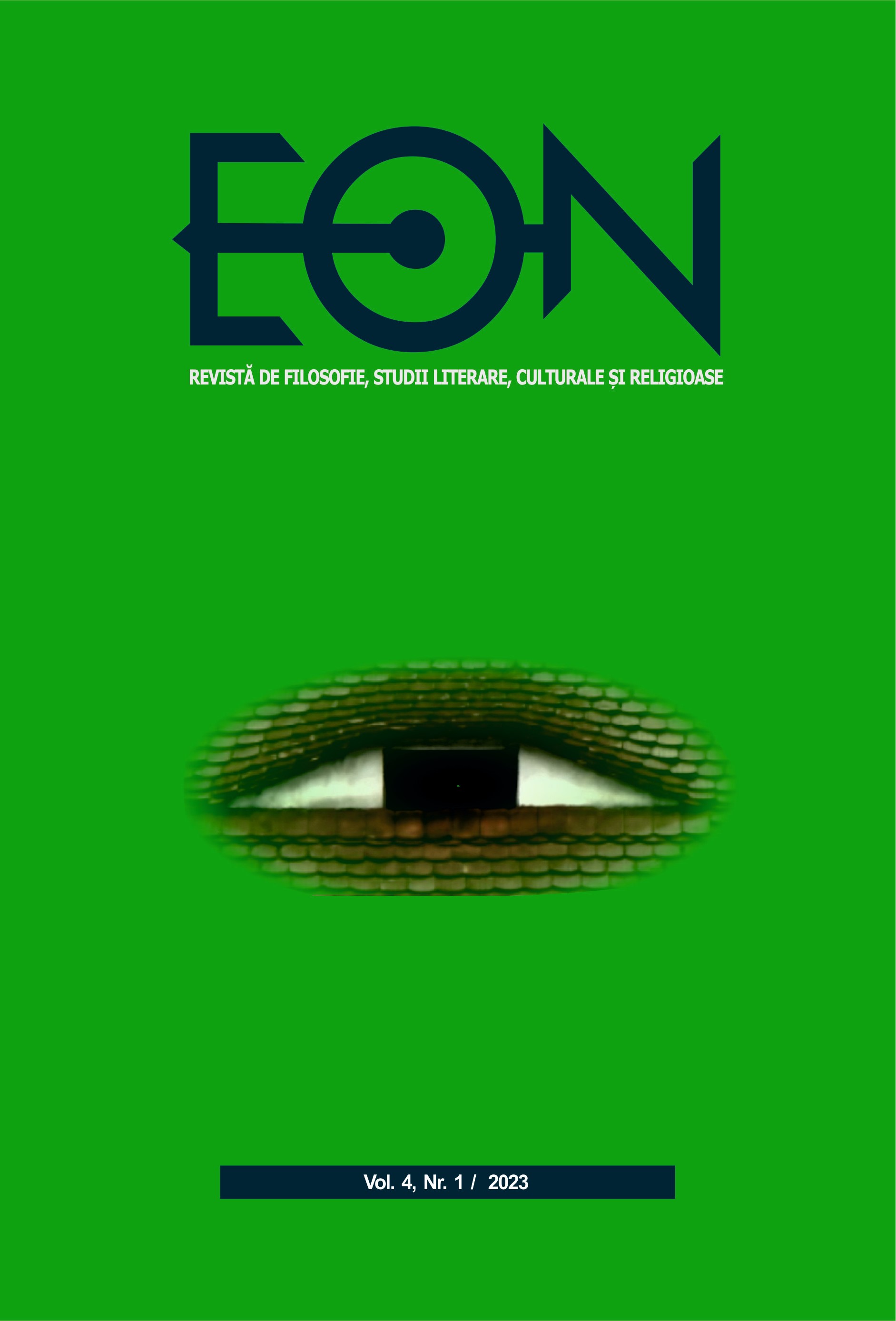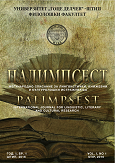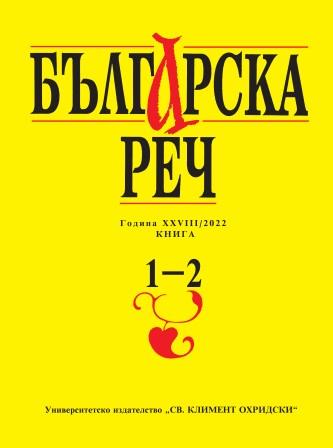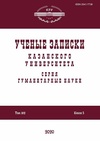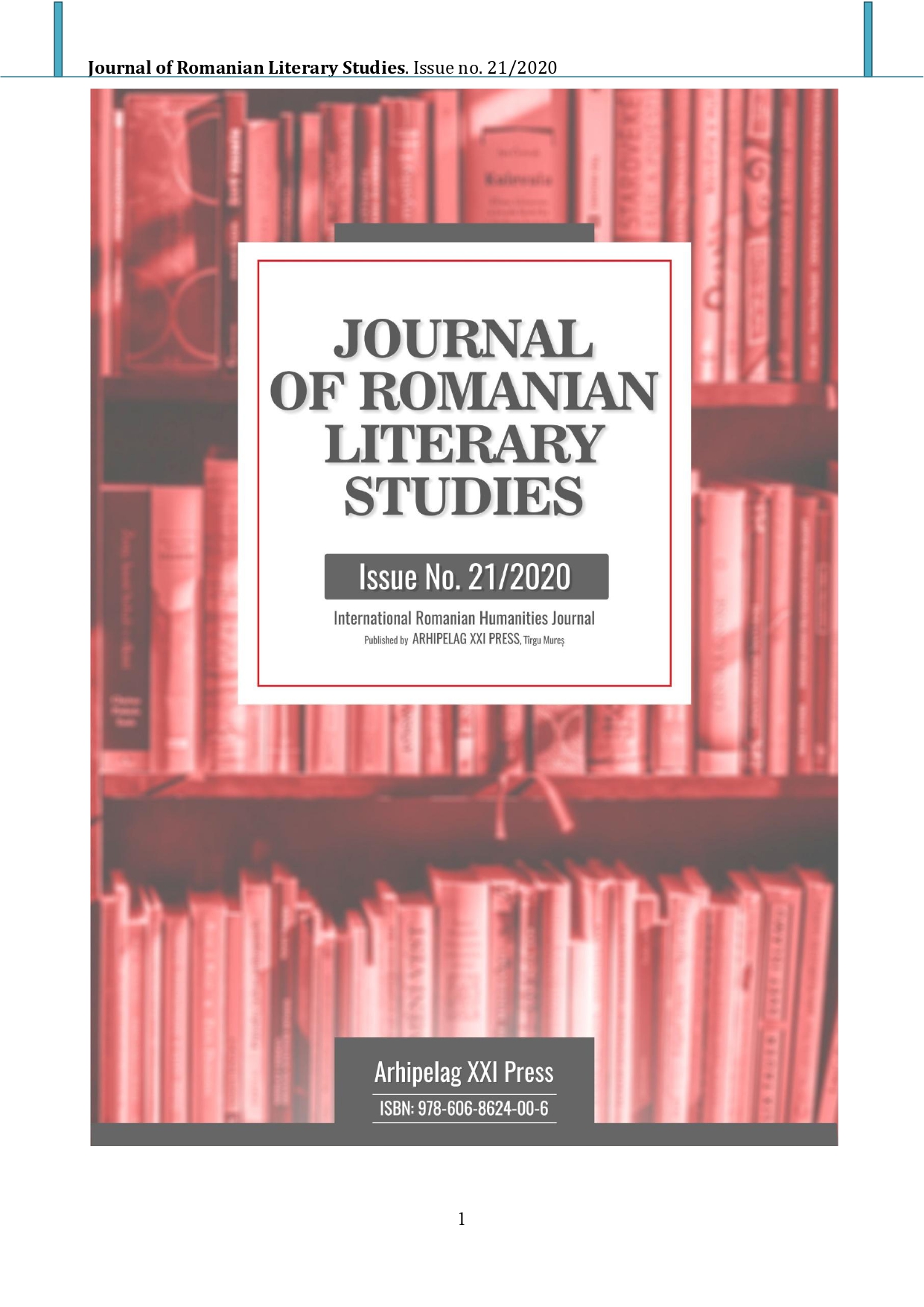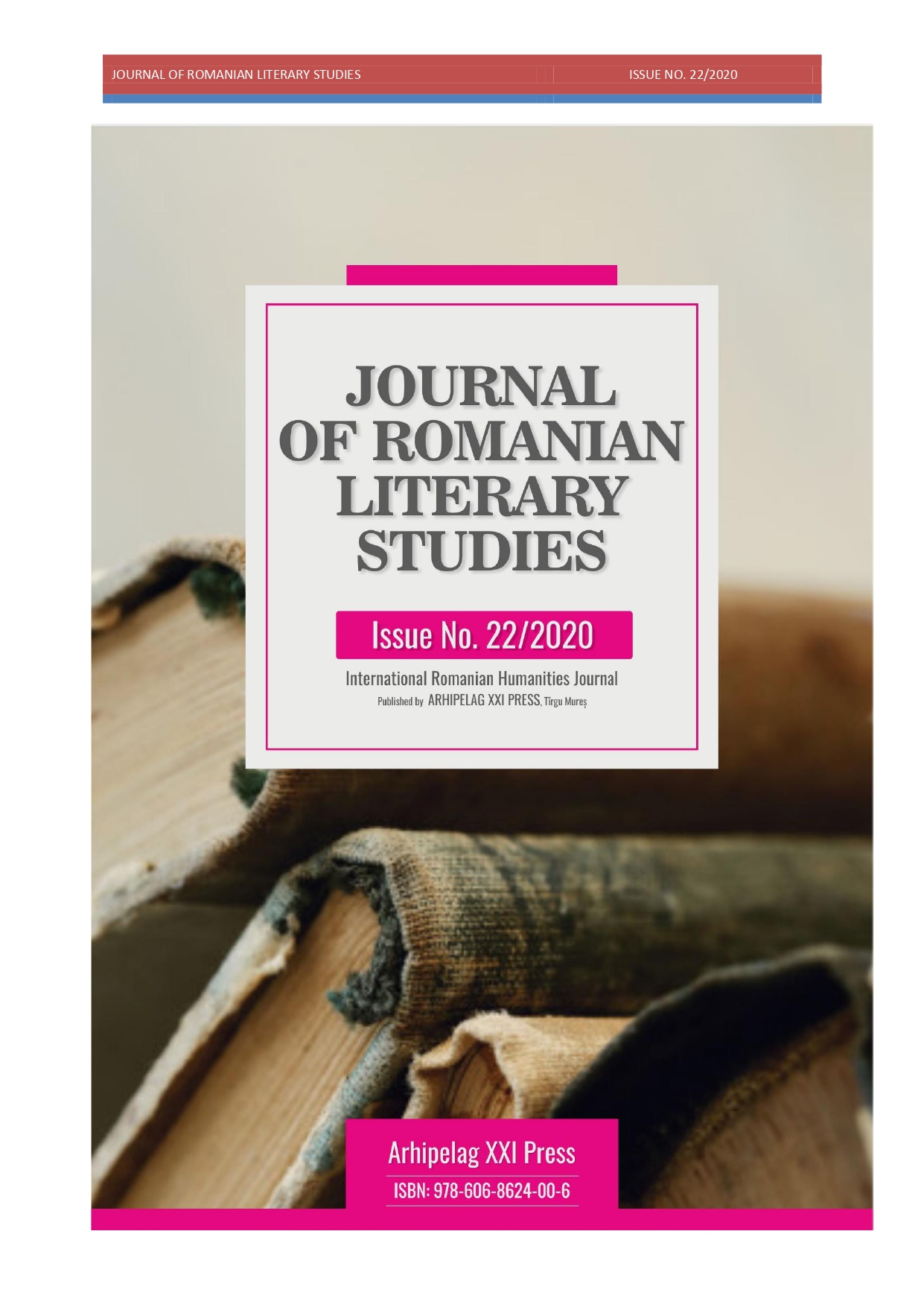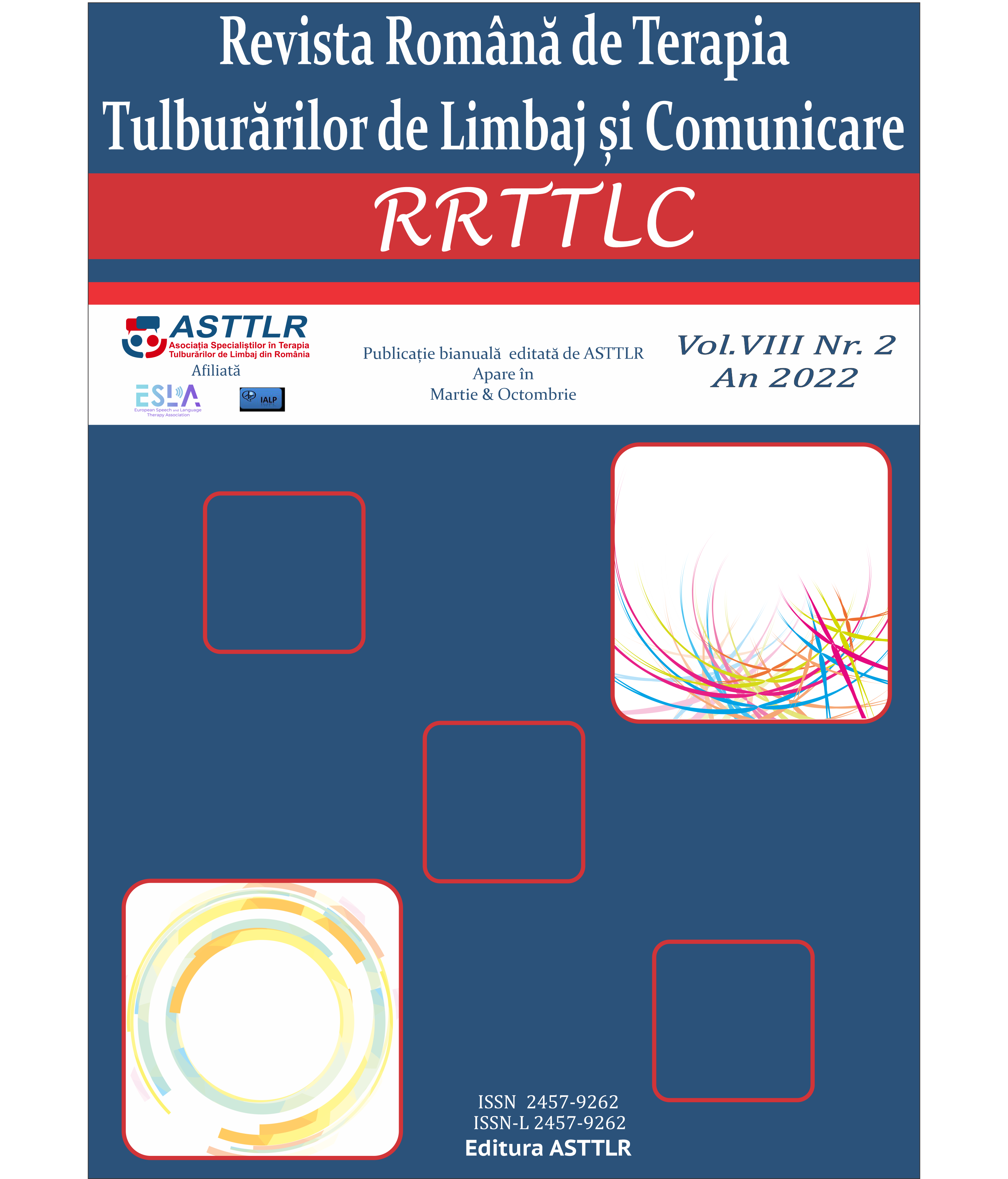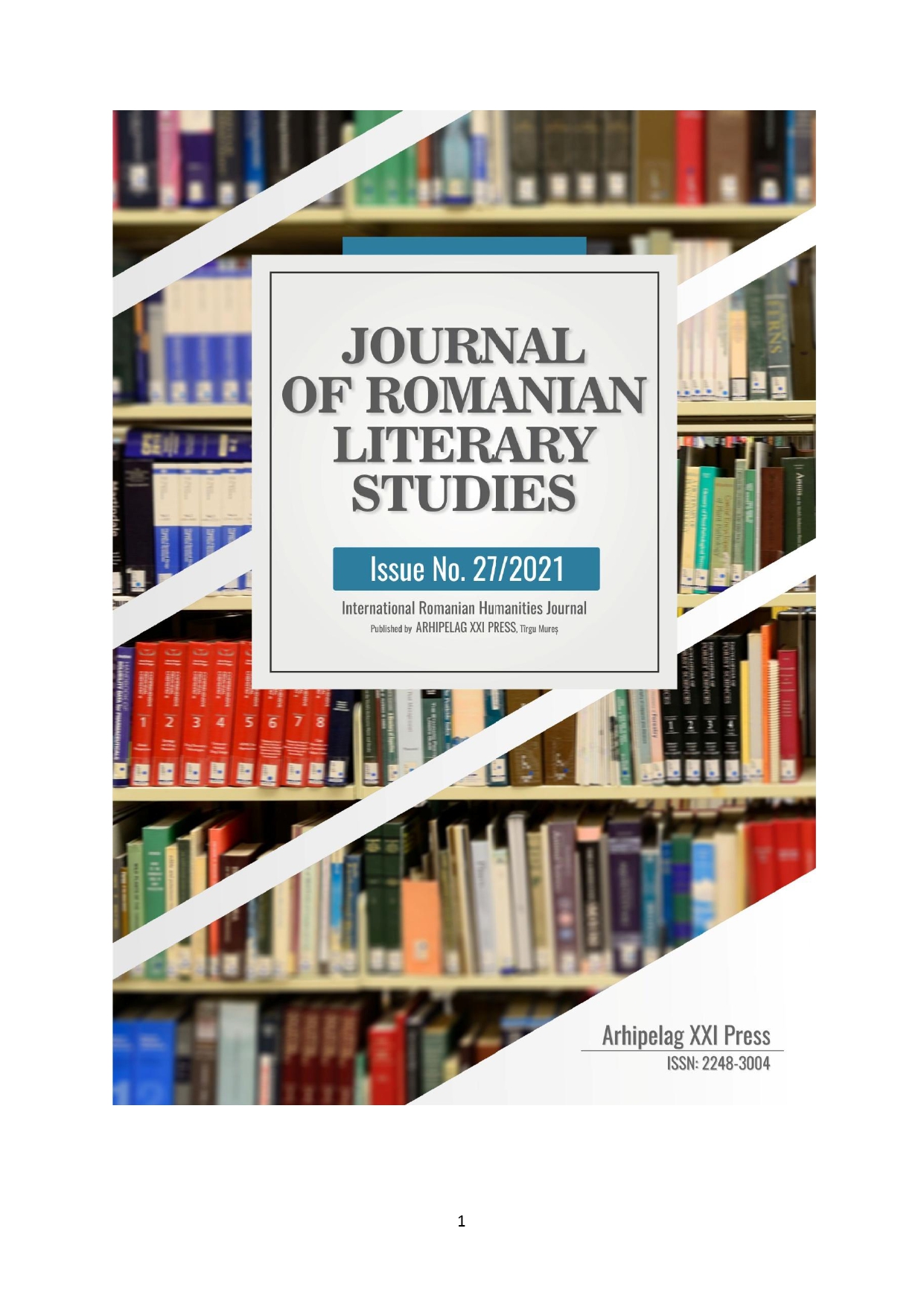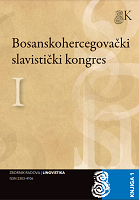
Актуелни тенденции во македонскиот публицистички стил
The main topic explored in this paper represents the contemporary issues in the language of Macedonian publicistic style. The influence of electronic and printed media in Macedonia is of great importance, especially since 1991 when Macedonia became an independent state. Since then, the democratization of society is also connected to the appearance of numerous newspapers, magazines and TV and radio stations which contributed to the rise of opportunities for language expression. In this regard, special accent is to be made on the language of commentaries, columns and editorials in Macedonian newspapers. Several points are to be considered in the language analysis of the publicistic style: 1. The use of anglicisms from the aspect of language contact and influence and their styli stic usage. 2. The use of colloquial style in journalism and its function. 3. The forming of language clichés and language innovations as features of individual style. Of special interest are the syntactic expressive means used in journalistic texts, such as syntactic paronymy, rhetoric questions, etc. All these aspects of journalistic style are to be taken in view with regard to Macedonian Standard and the need for an equilibrium to be established between the language norm and the journalist’ tendency to establish an individual expression. The aim of the research is to give an overview of the stylistic features of Macedonian journalistic style in the past decade and to identify the main trends in the establishment of a specific individual style.
More...
